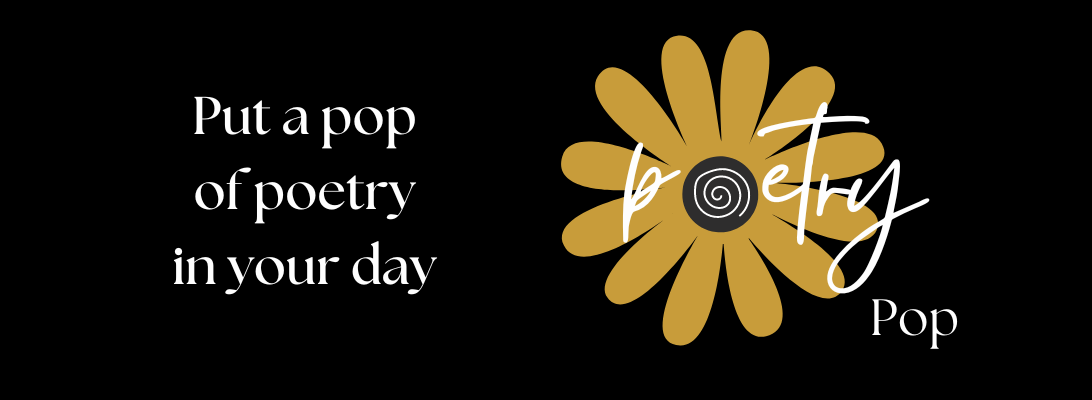
A haiku (hi-koo) is a Japanese form of poetry consisting of three lines, written to be read in one breath. In Japan, hundreds of years ago, poets got together for poetry parties (sounds like my kind of fun!). Each poet wrote a short verse that, when combined, became one long poem called a renga. The starting verse was called a Hokku. By the early 1900s, the Japanese recognized these starting verses as independent poems, and the haiku was born.
Here are the rules:
- The first and third lines contain five syllables.
- The middle line contains seven syllables for a total of seventeen syllables.
- Most Haiku is written in incomplete sentences.
- Usually speaks of a moment in nature.
- The Haiku is untitled and unrhymed.
- It does not include simile or metaphor.
- The poem ends with a shift of perspective or enlightenment of some kind.
The American (or modern) Haiku is based on the old Japanese form but usually has three lines with a 5/7/5/ syllable count. Meaning lines one and three have five syllables, and line two has seven syllables.
Keys to consider
FORM:
- Haiku should be written in three short lines. Traditional haiku has 17 Japanese syllables. American haiku often has three short lines without counting syllables. Writing 17 American syllables can (but not always) feel clunky or too long. This is the poets choice. In any case, the haiku, when read, should be a breath long.
- In haiku, we never use capital letters or periods. Commas and exclamation points are okay (use sparingly).
- An em-dash gives a pause or break (called a cutting word). Great for a surprise or ah-ha moment.
- Ellipsis can be used as a softer, more thoughtful cutting word
- For more about the punctuation of haiku, check out this wonderful article on Graceguts.
THE REAL DEAL:
- Try to write from real experience or memory, not your imagination or something you’ve researched (desk-ku).
- Real experiences will enhance your haiku. Appreciate what is around you right now, in the moment.
- Humor is okay, if you see something funny in nature, write about it.
IMAGE:
- Sketch an image with your words. Be descriptive. For example, not “a tree” but instead “a bare aspen in the forest.”
- Connect the main image to something else to show a relationship between the two images. (moon + water= shimmer).
SEASON WORDS:
- In Japanese poetry, Kigo are words or phrases that are associated with a particular season. Your haiku should always refer to nature and reference a season or weather. If you write “snow” we know it is winter. For example: pumpkin=fall, cherry blossom or frog= spring.
- Season words will be different depending on where you live.
- Or, if you don’t want to be specific, you could use a word that could be any season like OCEAN.
FEELING:
- Show what you feel through the image you sketched with words. Don’t explain or tell. If your subject is sad or afraid, don’t say so directly (sad dog), show through the image = “a lost pup in the rain”
KINDNESS:
- Your haiku should always express compassion toward and love for nature.
AH!:
- Your haiku should end in a way that surprises your reader without purposely shocking them. There are many surprises in nature. Just write what you see. Patricia Donegan says it best in her book, Write Your Own Haiku for Kids, “If we see what is here and write about what is here, the haiku will take care of itself.”
Not sure how to count syllables?
Clap out each syllable as you say the word. The word "blue" has one syllable (one clap): blue. The word "thunder" has two syllables (two claps): thun-der. The word "poetry" has three syllables (three claps): po-et-ry.
Example #1
In the twilight rain (5) these brilliant-hued hibiscus - (7) A lovely sunset (5) - Matsuo Bashō
While reading original Japanese Haiku you may notice that some poems do not translate into our American 5-7-5 syllable format such as Kato Shuson poem below.
Example #2
I kill an ant and realize my three children have been watching. - Kato Shuson Both poems are about nature but both very different in subject and tone.
EXAMPLE #3
Here is one of my American (or modern) haiku using the strict 5/7/5 syllable count.
acorns pelt my head I look up in the oak tree at squirrels laughing ©Danna Smith poetrypop.com
example #4
Sometimes, poets like to throw the strict syllable count out the window and concentrated instead on writing a brief poem about a moment in nature without any constraints. Here’s an example of this kind of poem:
gray clouds unfold blanketing the night sky sweet dreams summer day ©Danna Smith poetry pop.com
LOVE WRITING and reading HAIKU?
Join The Haiku Society of America.
Read How Do You Haiku? A Step-by-Step Guide with Templates.
Haiku for little ones: Peek-A-Boo Haiku board book.


